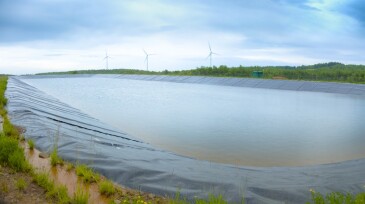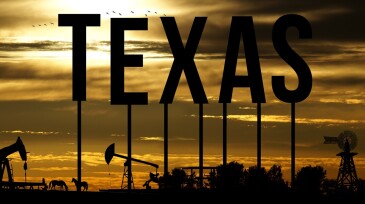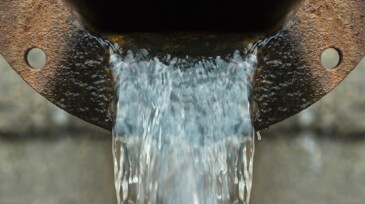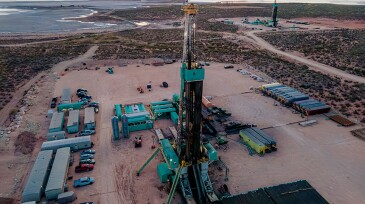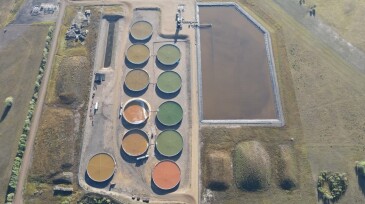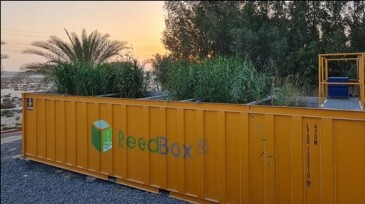water management
-
Operators from across the region met in Muscat to share how lessons from pilot programs are shaping cost, scale, and technology priorities across the region.
-
The deal between the Republic of the Congo and the Chinese oil and gas company aims to develop the Banga Kayo, Holmoni, and Cayo blocks and raise national oil output to 200,000 B/D by 2030.
-
The agency said it wants to modernize the rules and expand the potential uses for produced water.
-
B3 Insight and Nanometrics plan to integrate data from seismic monitoring with a water and subsurface data analytics platform.
-
The Texas Railroad Commission is revisiting the state’s primary oil and gas waste regulations, which were last updated in 1984, to better align them with modern industry practices and rising demands for stronger environmental protections.
-
The acquisition will add water infrastructure in both the Midland Basin of west Texas and the Williston in North Dakota.
-
At SPE’s Permian Basin Energy Conference, operators shared behind-the-scenes details on innovations such as drilling horseshoe wells and trimulfrac completions along with in-basin challenges such as handling produced water.
-
A comprehensive, digitized water-management application has been designed to streamline and enhance the monitoring and management of water resources used in hydraulic fracturing.
-
The Permian’s produced-water challenge presents an opportunity for innovation to pave the way toward a more sustainable future for the industry.
-
Nature-based solutions, such as constructed wetlands, have gained increasing interest over the past decade as a sustainable option for wastewater treatment in the domestic, industrial, and oil and gas sectors, with a growing number of examples now existing throughout the UAE, Oman, and other oil-producing regions.
Page 1 of 3



